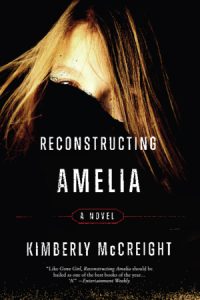The Story Behind the Book
More than once, I’ve turned a corner on the way to pick up one of my children and seen an ambulance parked out front of one of their schools. Or at least that’s the way it looks, from several blocks away, down a busy Brooklyn avenue.
Every time, I tell myself that it’s not my child they’re there for. My child wasn’t the one who had an asthma attack or fell off the monkey bars or choked on a carrot. No, my child is fine. Absolutely fine.
And yet, I always walk faster, eyes locked on the ambulance, until I can confirm that it’s parked in front of an elderly neighbor’s brownstone. Or until I see the EMT’s returning lazily, another false alarm sorted.
Perhaps, I worry because I’m especially fatalistic. But I don’t think so. I think I worry because I am a mother.
It was as a mother that I grieved for the family of Teddy Graubard, a star student and athlete who committed suicide by jumping out a window at Dalton a couple years back. And it is as a mother that I grieve for the many children who have taken their lives, unable to bear a daily barrage of cyber-enhanced bullying.
It was out of this grief that Reconstructing Amelia was born. To try to understand how children get pushed that far, destroyed that deeply, especially when they have loving families standing by, desperate to protect them.
Because as a mother, that’s the real terror; that we can’t ever fully protect our children. Not even when we’re right there with them.
Reconstructing Amelia is told from the alternating perspectives of both Amelia and her mother Emily, to show exactly how so many children get so terribly lost, and why— no matter how hard we look, or how close we stand—it can be so awfully hard to find them.

